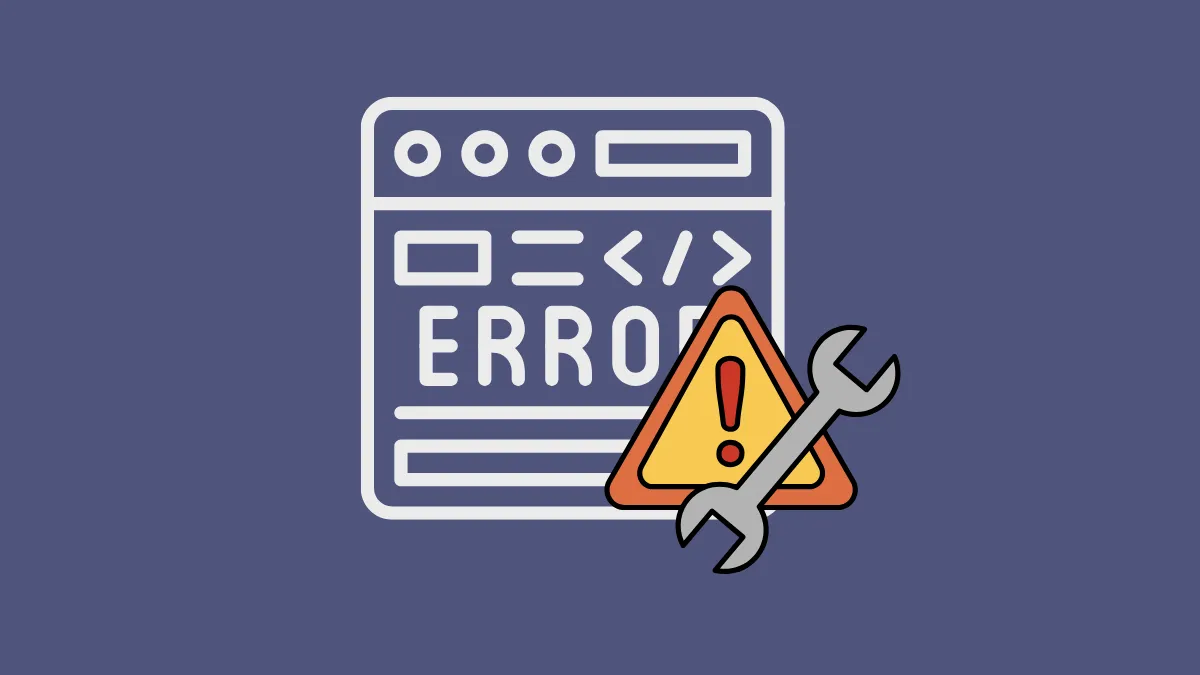ASUS motherboards use Q-CODEs—two-digit alphanumeric codes displayed on a small LED panel—to indicate hardware issues during the boot process. These codes help pinpoint the exact component causing the problem, making troubleshooting quicker and more accurate.
Resolving these codes efficiently requires understanding what each represents and how to address it. Below, you'll find the most common ASUS motherboard error codes and detailed instructions for fixing each issue.
Identifying ASUS Motherboard Q-CODEs
First, confirm your ASUS motherboard model supports Q-CODEs. Typically, you'll find a small LED display located near the upper right corner or bottom edge of the motherboard. If your board lacks this display, it may instead use Q-LED indicators—small LEDs next to specific components like the CPU, RAM, GPU, and storage devices.
You can verify your motherboard's Q-CODE support by checking the ASUS Support Center or consulting your motherboard's user manual available on ASUS's website.
Common ASUS Motherboard Error Codes and Solutions
Below are the most frequent ASUS motherboard Q-CODE errors, their meanings, and detailed troubleshooting steps to resolve them:
Error Codes 00, D0 – CPU Initialization Error
Step 1: Confirm CPU compatibility by visiting the ASUS Download Center. Enter your motherboard model name, select "CPU/Memory Support," and verify that your CPU is listed in the Qualified Vendor List (QVL). Ensure your BIOS version matches or exceeds the recommended version.
Step 2: Power down your PC, unplug it, and carefully remove the CPU. Examine the CPU pins and motherboard socket for dust, debris, or bent pins. Clean gently with compressed air and reseat the CPU securely, ensuring proper alignment.
Step 3: If the issue persists, test with a known working CPU to confirm if the original CPU is faulty.
Error Codes 53, 55, F9 – Memory Initialization Error
Step 1: Shut down your system, unplug it, and remove all RAM modules. Inspect the memory slots and module pins for dust or debris. Clean gently and reinstall the RAM modules, ensuring they click securely into place.
Step 2: If you have multiple RAM modules, install only one module and attempt to boot. If successful, test each module individually to identify a faulty stick.
Step 3: Verify that your memory configuration matches the recommendations in your motherboard's user manual. Incorrect configurations can cause initialization errors.
Step 4: If these steps don't resolve the issue, replace the RAM with known working modules to confirm if your original RAM is defective.
Error Codes D6, 62 – GPU Initialization Error
Step 1: Power off your PC and reseat your graphics card, ensuring it is fully inserted into the PCI-E slot. Verify that any external power connectors to the GPU are securely attached.
Step 2: Inspect the GPU's PCI-E pins and motherboard slot for dirt or debris. Clean gently with compressed air and reinstall the GPU.
Step 3: If the issue continues, test the GPU in another PCI-E slot or another computer to determine if the GPU is defective.
Step 4: If your CPU has integrated graphics, remove the dedicated GPU and boot using onboard graphics to rule out GPU issues.
Error Codes A0, A2 – Storage Device Initialization Error
Step 1: Power down your PC, disconnect and reconnect the SATA cables between your storage device and motherboard. Ensure connections are secure on both ends.
Step 2: If using an M.2 SSD, remove and reinstall it, ensuring the mounting screw is properly tightened. Inspect the SSD and motherboard slot for debris and clean if necessary.
Step 3: If the issue persists, try using a different SATA cable or port, or test with another known working storage device to isolate the faulty component.
Error Code B2 – External Device Initialization Error
Step 1: Shut down your computer, unplug it, and remove all external devices such as PCI-E expansion cards, RAID controllers, or USB peripherals.
Step 2: Restart the PC. If it boots successfully, reconnect external devices one at a time, rebooting after each to identify the problematic device.
Error Code A9 – System Entered BIOS Setup
This code indicates your system has entered BIOS setup mode. If your display isn't showing BIOS, verify that your monitor is powered on, properly connected, and set to the correct input source. Try using another cable or monitor if necessary.
General Troubleshooting Tips
- Update BIOS: Always ensure your motherboard BIOS is updated to the latest version. BIOS updates often resolve compatibility issues and improve hardware detection.
- Clear CMOS: Resetting CMOS can resolve persistent hardware initialization errors. Consult your motherboard manual for instructions on clearing the CMOS.
- Inspect for Physical Damage: Regularly inspect your motherboard, CPU, RAM, GPU, and storage devices for signs of physical damage or corrosion.
If none of these steps resolve your issue, consider contacting ASUS Product Support for further assistance.
With this guide, you should confidently identify and resolve the most common ASUS motherboard Q-CODE errors, getting your system back up and running smoothly.


